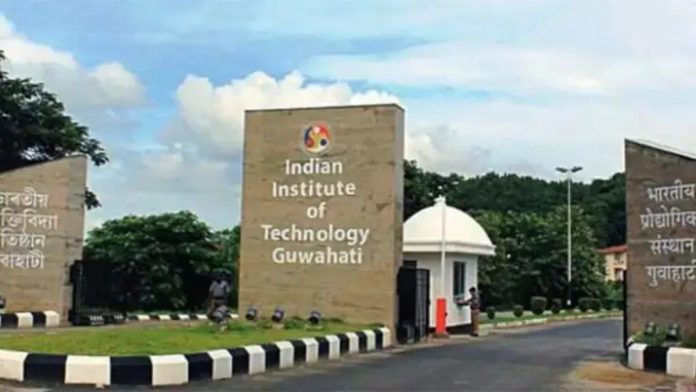Four researchers for IIT Guwahati and ISRO have added feathers to their cap yet again by detecting some polarised emissions from a black hole source. This achievement is first in the 52 years of time, where these scientists have achieved a major breakthrough in space science.
The four researchers from Indian Space Research Organisation (ISRO), and the Indian Institute of Technology (IIT) Guwahati have detected the polarized emissions from a source of the black hole which exists beyond the Milky Way Galaxy by using a technique called X-ray polarimetry. This achievement has been achieved for the very first time after the discovery of the Large Magellanic Cloud X-3 (LMC X3) a start system in 1971. The star system that is binary in nature and it consists of a normal star and also a black hole which is very hot, bigger and more massive than the Sun, as reported by The New Indian Express.
The location of LMC X3 is in a satellite galaxy of the Milky Way which is nearly 2,00,000 light-years away from Earth. The star system was observed by many satellites for over half a century but there was a gap in understanding the properties of polarization



